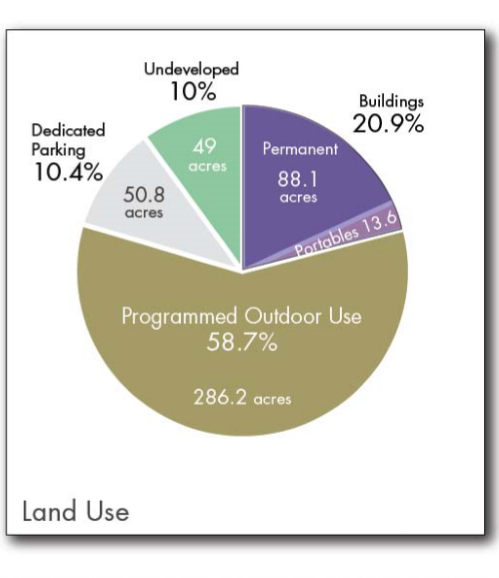Oakland Unified has officially started the process to identify and sell land with the formation of the so called, 7-11 Committee. The District is in dire financial straits, with many underutilized properties. This could be a boon for the public and the district, or another boondoggle, where district assets are put into private hands, and underserved families are no better off.
How this plays out will depend first on the recommendations from the Committee. The members were recently identified, and they will ultimately report to the Board on recommendations for what to do with “surplus” facilities. There are 3 ways this could go.
One, nowhere at all. We could have another stalled, shouting match, where nothing happens except feelings get bruised and egos inflated, while the State and County inch closer to a takeover.
Two, we could sell or lease the people’s assets out to developers. Probably get fleeced in the process, maybe pay down the debt, and then assume it is business as usual, just with less land and less debt. This is another form of education stagnation, except somebody–not our kids—will get rich.
Three, we can think creatively about how we use these public assets to meet public purposes, and the critical needs of Oaklanders, getting creative on using land to generate revenue. But not just revenue generation, we also need to re-purpose some of these assets for Oaklanders, addressing the community needs around housing affordability.
Public Assets, Public Needs and Public Uses
Oakland Unified is one of the largest landowners in Oakland, and has one of the largest inventories of underutilized space. While OUSD once served nearly 60,000 students in 90 schools it now serves roughly 36,000 in 86 schools. By its own account, there are over 12,000 empty seats in OUSD buildings. So as a practical matter, OUSD has more space than it will ever conceivably use.
You can see in the graph below how this space is currently allocated, 10% is totally undeveloped, more than half is outdoor spaces being used by schools, and we also have some buildings that don’t house any students. We have a very valuable set of assets, and we also have at least two sets of pressing needs; financial stability for OUSD and the critical housing needs of the community. If we are smart, we can do both.
Meeting Public Needs with Public goods
What if we used some of the “surplus” facilities, or revenue from sales or leases to actually address our housing issues? Oakland has a critical affordability problem, affecting both our staff and our families. What if we built staff or family housing as part of the 7-11 process? Other districts, do this and more.
These could be real answers to the challenges we face. OUSD will never outcompete on salaries with suburban districts. We can retain staff by subsidizing housing, or creating home buying opportunities, that can make Oakland affordable. And we can improve schools and the lives of families by providing them housing stability.
Homelessness is an epidemic. If you are in schools, you see kids that are couch surfing, sleeping in cars, tents, shelters, and the streets. Meanwhile there are acres of undeveloped land, and buildings that are half full. Oakland churches recently opened their parking lots to folks sleeping in cars. Oakland Unified should be able to do that and more.
Other districts have used their resources for housing—in So Cal a boarding school for foster students was built on district land, other districts have created housing for vulnerable populations from homeless, to low income, to seniors, to lower paid school staff who couldn’t afford to live in the district. Further San Francisco is looking at partnering with homeless support agencies to do shelters in school building themselves, which has had some challenges, but could be promising.
Oakland could do more and do it better by partnering with community-based organizations and non- profit developers. We need to explicitly include housing and stability, for staff and families as part of its overall school planning process. Housing is at the root of many of our challenges in Oakland.
Oakland is a rich city, with poor schools. And Oakland Unified is a district in deficit, but sitting on riches—both in its physical resources and the staff and families. Whether we capitalize and develop these resources or squander them, will depend on what we do. The 7-11 Committee has an opportunity to change business as usual in Oakland, I hope they take it.
The Governing Board of the Oakland Unified School District is establishing an advisory committee to advise the District and the Governing Board in connection with the potential sale or lease of surplus real property owned by the District (“7-11 Advisory Committee”). The Governing Board invites all interested community members to apply for membership on the 7-11 Advisory Committee…
The purpose of the 7-11 Advisory Committee is to advise the Governing Board, based on community input, regarding the use or disposition of school buildings, space, or property that is not needed for school purposes (Education Code Section 17388). The Advisory Committee will be supported by a facilitator and will be presented with information about potential under-utilized real property assets to help inform their recommendations.


